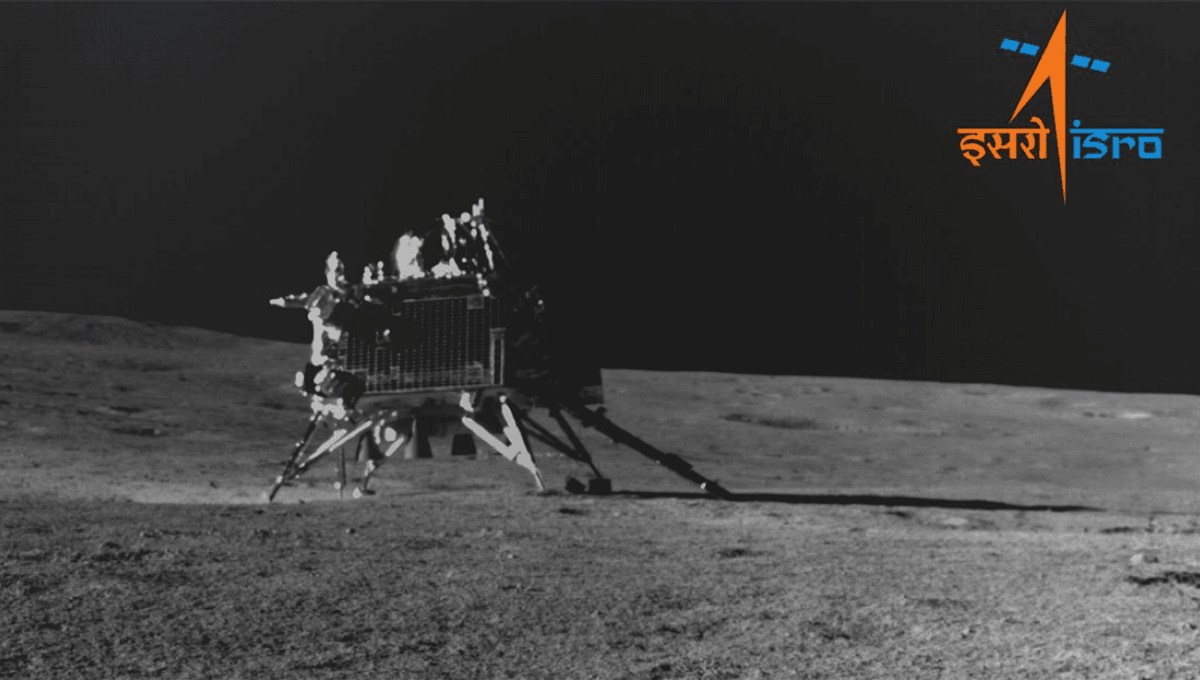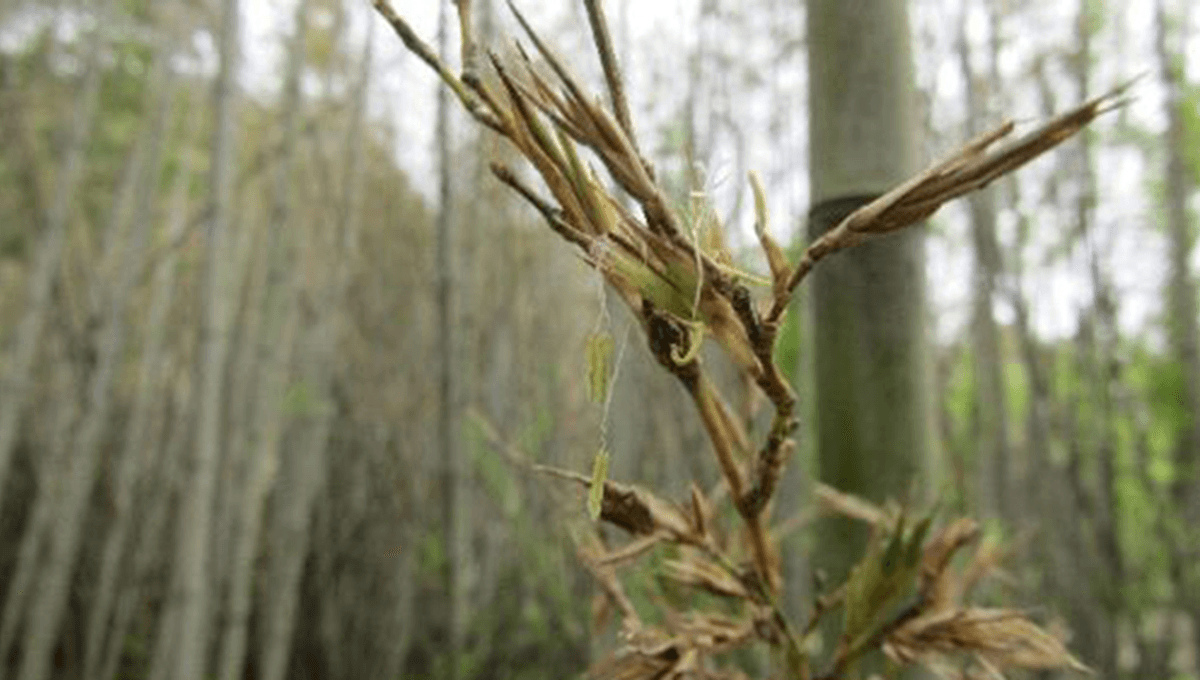Since then, the mission aimed at primarily examining the composition of the lunar soil has made some exciting discoveries. It has detected sulfur, aluminum, calcium, iron, chromium, titanium, manganese, silicon, and oxygen. But that’s not all! The mission has also achieved a lunar first by measuring the temperature at the lunar south pole. And before taking a well-deserved rest through the lunar night, the rover even managed to capture a selfie.
While the rover steals the spotlight with its tools for analyzing the composition of the soil and discovering water ice, let’s not forget about the Vikram lander. Equipped with an Instrument for Lunar Seismic Activity (ILSA), the lander has been monitoring for movements on the Moon. It can detect impacts, the rover’s movements, and even natural moonquakes.
“ILSA comprises a cluster of six high-sensitivity accelerometers, which are indigenously fabricated using the Silicon Micromachining process,” explained the Indian Space Research Organization (ISRO) in a statement. “The core sensing element consists of a spring-mass system with comb-structured electrodes. External vibrations lead to a deflection of the spring, resulting in a change in capacitance which is converted into voltage.”
In addition to detecting the rover’s movement, ISRO detected a “seemingly natural” event on August 26, 2023, which they are currently investigating.
Quakes on the Moon have been detected before, thanks to seismographs from the US Apollo program. These quakes have provided valuable data about the Moon’s composition. Scientists have even proposed that the Moon has an inner core about 500 kilometers (310 miles) across, which is much less dense than the Earth’s core.
Unlike earthquakes on Earth, moonquakes are not caused by tectonic plate movements. Instead, it is believed that the Earth’s gravity exerts solid tidal stresses on the Moon, causing it to crack and the pieces to rub together.
With the Apollo seismographs completing their mission in 1977, the Vikram lander holds the potential to provide us with more insights into these moonquakes and their impact on the Moon.
[








